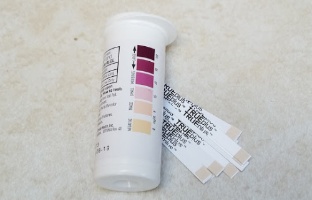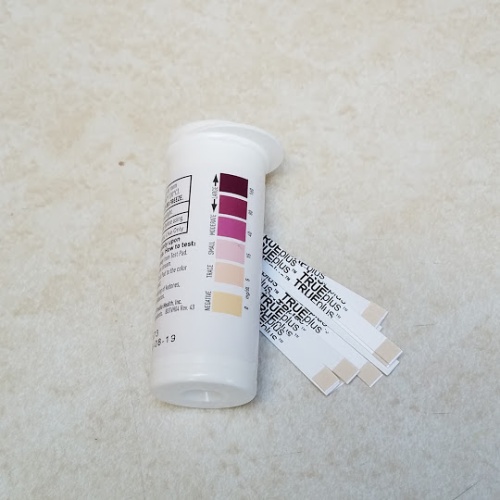Following a keto diet can help you lose weight and improve your health. When followed correctly, this diet will increase ketone levels, produced by the breakdown of fat that is being used to fuel the body, in your blood.
This is one reason why people are always watching for signs of ketosis and trying to determine if they are in ketosis. When first starting the keto diet it can take several days to go into ketosis depending upon how much glucose is currently stored in the body.
Going into ketosis often means that one might anticipate an increase in energy (possibly after dealing with an initial drop from the start of the diet) and an increase in weight loss. It takes several weeks after going into ketosis before the body becomes keto adapted.
What is ketosis?
Ketosis is a metabolic state characterized by raised levels of ketone bodies.
You can be in ketosis for reasons other than following the keto diet. Often these reasons will produce a temporary state of ketosis.
Think about a time when you had the flu or a stomach bug and barely ate for a few days. There’s a pretty good chance that you went into ketosis during this time period. But it was temporary and as soon as you returned to eating you quickly returned to burning glucose for energy and no longer would be in ketosis.
What is keto adaptation?
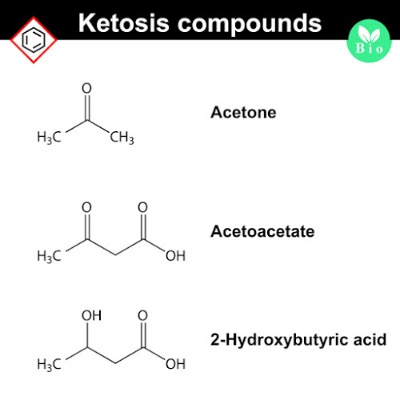
When you are on the keto diet the goal is to become keto adapted. Keto adaptation is when you not only produce ketones but your body is able to use these ketones for energy. More specifically, keto adaptation is when the ketones you produce start fueling your brain and fatty acids begin fueling your muscles.
What are the signs of ketosis?
Those following the keto diet will often look for signs of their body being in ketosis. This tells them that they have reduced the amount of carbohydrates eaten to low enough levels that ketones are now being produced.
Some of the physical signs you are in ketosis include:
-
Bad breath (keto breath)
-
Increased urination
-
Increased thirst
-
Drop in energy (keto flu)
-
Appetite suppression
-
Rapid weight loss
Here’s a bit more about each of the physical signs of ketosis.
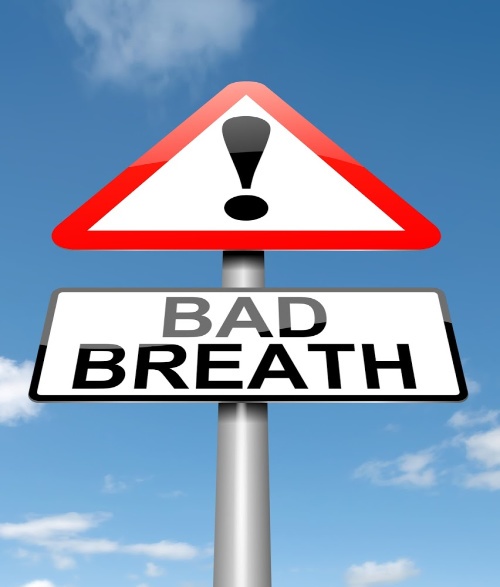
Bad Breath:
When you are in ketosis there are three ketones produced: Acetoacetate, Beta-hydroxybutyrate (BHB) and Acetone. Acetone, which has an odd, fruity smell, is is expelled through the urine and also through your breath. This gives your breath that odd smell that people refer to as “keto breath”.
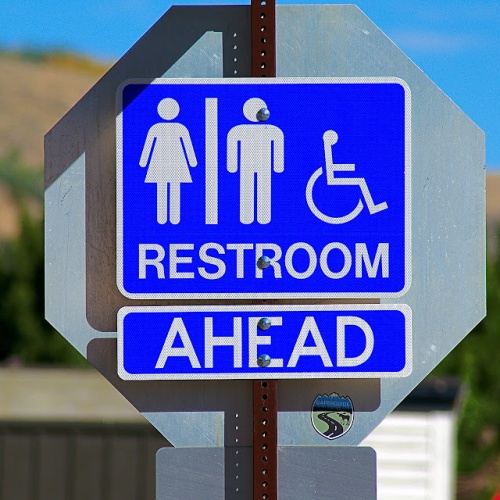
Increased urination:
When you begin restricting carbohydrates your kidneys switch from retaining salt to excreting it. In order to excrete the salt you need to pass it out in your urine. This is why you suddenly find yourself going to the bathroom more frequently. When this occurs people notice that they take more frequent trips to the bathroom to void.
Glucose in the form of glycogen is stored in your liver and muscles. When you reduce your carbohydrate intake, your body turns to stored glycogen to provide it with fuel. As these glycogen stores are depleted you will also end up losing lots of water because glycogen molecules are three to four parts water.
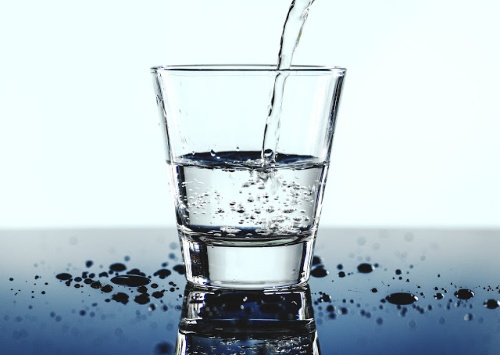
Increased thirst:
As you are losing more water as the body flushed salt out you may notice that you feel thirstier. You also will lose more water from the reduction of your glycogen stores. Increased thirst is a signal that the body needs this water replaced. Often people think if they drink less it will help to reduce the more frequent bathroom trips. But you don’t want to cut back on fluids as it is possible to become dehydrated.

Drop in energy/keto flu:
In the beginning the body does not immediately become adapted to using ketones for fuel. During this period of time, as the body switches from using glucose to ketones as fuel, many people notice a decrease in energy. They may also develop what is known as the keto flu (symptoms might include headache, irritability, difficulty sleeping, weakness or more). Part of this is due to the body switch over to a new energy source. Some of it is due to the lose of sodium and other electrolytes due to the frequent voiding. Often this symptoms can be reduced by staying hydrated and replacing electrolytes by adding a bit of salt to your food or drinking electrolyte replacement drinks).
This is a short term drop in energy. Often times people will quit the diet in this phase. But once the body has become keto adapted most people report an increase in energy and mental clarity. It may take from 7 to 30 days to become fully keto adapted. As you are consuming smaller amounts of carbohydrates you will also benefit from having stabilized blood sugar levels.

Appetite suppression:
Many people will comment that they suddenly find that they are not as hungry on the keto diet as they previously had been on other diets. This is thought to be due to the suppression of hunger related hormones such as ghrelin.
There are several reasons why ketosis can make you want to eat less. This includes stable blood sugar levels, rising ketone levels affecting hunger hormones and the satiating effects of a higher fat intake. Fat is digested more slowly than protein and carbohydrates which helps to keep you feeling fuller for longer.
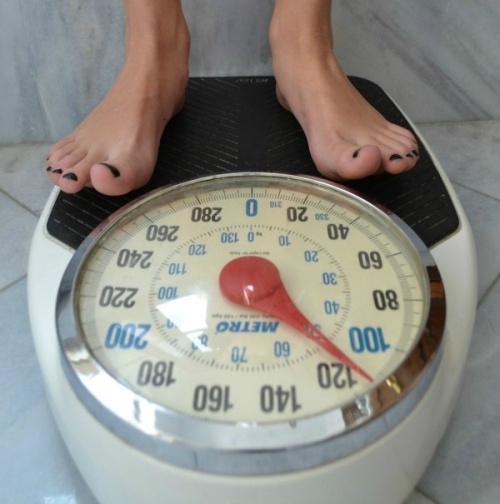
Rapid Weight Loss:
When you first enter ketosis you might experience rapid weight loss in the first week or two. This initial weight loss is mostly water weight. As discussed above, during the initial stages of ketosis your body will quickly lose weight as your glycogen stores. Your kidney’s are also excreting sodium and when they do that you lose extra water too. This quick weight loss signals that you are entering into ketosis.
Your weight will continue to go down over time but in a much slower manner. This isn’t a bad thing as this indicates that you are now losing weight from burning the excess fat that you are carrying. Don’t get discouraged after the initial big weight drop in the first week or two. Remember slow and steady wins the race.
Are there other methods to determine ketosis?
Besides paying close attention to the physical symptoms you are having there are several other ways to determine if you are in ketosis. The easiest way is to use keto or ketone sticks/strips.
These are strips with a small pad at the every end. The pad contains an indicator. To use them you simply urinate on the end of the stick, where the pad is located, and look for a color change. The bottle will have a chart to show you what each color indicates. These strips can easily be found over the counter at most drugstores as well as online. They are affordable and an easy way to check if you are producing ketones.
A side note: Many diabetics follow the keto diet without having issues and find it’s a great benefit to helping them control their blood sugar levels. However, if you are a type 1 diabetic who’s showing high levels of ketones AND high blood sugar levels please reach out to your doctor as this could be a sign of diabetic ketoacidosis.
What is the difference between nutritional ketosis
and diabetic ketoacidosis?
Nutritional ketosis is a harmless increase in ketones that occurs when you eat a diet low in carbohydrates. Ketones are produced as an energy source from the breakdown of fats. In non diabetic people this is not a dangerous condition.
However, diabetic ketoacidosis is a dangerous condition that occurs in type 1 diabetics and, less frequently, in type 2 diabetics. Diabetic ketoacidosis occurs when there is not enough insulin in the body to process high levels of blood glucose.
Diabetic ketoacidosis is a medical emergency!
You should call your doctor or emergency services if you are diabetic and think you are experiencing this condition. Besides high levels of ketones and high blood sugar levels you may experience the following with diabetic ketoacidosis:
-
frequent urination
-
extreme thirst
-
high blood sugar levels
-
high levels of ketones in your urine
-
nausea or vomiting
-
fruity smelling breath
-
confusion
-
stomach pain
-
fatigue
-
dry mouth
-
rapid breathing
Again, if you are diabetic and experiencing high ketones, high blood sugar and some or all of the above please reach out to the doctor.
If you are not diabetic then high levels of ketones that occurring during nutritional ketosis is not a danger to you.
Keto or Ketone Sticks/Strips
Keto sticks are fairly cheap to purchase and offer an instant indication if you have reached ketosis. Check them out here if you are interested in buying some:
These strips can easily tell you if you are producing ketones. As this is testing your urine it is indicating that the body is producing ketones, they have not been used to provide energy and so the body excretes some of them into the urine.
As times goes on and you become fat adapted, meaning the body is more efficient at using the ketones for energy, you may notice that your urine strips are not showing any ketones present.
This is when people start to question what they are doing wrong. If they are eating a low number of carbohydrates then why aren’t the strips showing a color change?
The ketones kicked out into the urine are the ones that were not used by the body. When the body is fully able to use them for energy that ends up leaving a very small number left used. Over time the strips stop becoming effective unless you are not using a larger number of ketones for energy.
So now how to do you figure out if you are in ketosis? Now you have to go directly to the source where these ketones, if being produced, are located….the blood!
Measuring ketones in the blood requires a special meter that can be purchased online. I have yet to see them in any of my local stores but you might be lucky and find one where ever you live.
Keto-Mojo
This is one of the devices available that will test for blood ketones (not blood glucose….that’s a totally different thing and not what is checked to determine ketosis). A starter kit usually contains the meter and a small number of test strips as well as lancets. Refills for the lancets and test strips are also available online. If you purchase a meter you may want to also purchase additional strips.
Please be aware that strips that test for glucose levels DO NOT test for ketones. You need to purchase strips that will specifically test for ketones such as these:
Notice that it says β ketone test strip (beta ketones) and the one below simply says glucose on the front of the box:
Glucose strips will not test ketones. Do not buy these if you are looking to test ketones. Yes the glucose strips are much cheaper but they will not give you the information you are looking for.
So what sort of ketone level would indicate that you are in nutritional ketosis When doctors measure blood ketones, here is how they interpret the results:
-
Below 0.5 mmol/L – normal level of ketones in the blood
-
Between 0.5-3 mmol/L – nutritional ketosis
-
Over 3 mmol/L – high ketone levels in the blood
-
Over 5 mmol/L – dangerously high and can be indicative of ketoacidosis if in the presence of high blood sugar levels in diabetics.
Keep in mind that the values used on ketone strips that test blood are different from the ones above. When using urine strips you will compare the color change to the chart on the bottle. The ketone meter will give an actual measurement reading.
How to urine test strips work?
The urine test strips have an absorptive pad on one end of the stick. This is where the urine would go. The pad contains a chemical that changes colors in the presence of acids such as ketones. The darker the color usually the more concentrated the levels of ketones.
To use the test strips simply urinate directly on the absorptive pad (or dip in a container that is holding the urine) and then wait 15 seconds or longer. The length of time you need to wait will depend upon the strip so always read your bottle. Then, to determine the levels of ketones present, simply compare it to the color code on the side of the bottle.
Are urine test strips accurate?
Yes. They will accurately test for ketones present in the urine. Again, the strips test for excess ketones that were not used by the body and which have been passed out into the urine.
However, once you are fat adapted they may not show the entire picture. Once your body has changed and is using more of the ketones produced and found in your blood to provide your body energy the strips may begin to show trace amounts or even no ketones. This does not mean you aren’t in ketosis. This just means there are no excess ketones being passed into your urine. After you become keto adapted the most accurate way to measure ketone levels is to test the blood.
What are other alternatives to ketone strips and ketone meters?
One of the other alternatives to using ketone strips and meters to is a ketone breath meter. These meters measure one of the ketones, acetone, on your breath. Ketones are also expelled through your lungs. This is why people first notice a fruity smell to their breath when they do into ketosis. This is due to ketones such as acetone being passed out of the body in your breathe.
Ketone breath meters measure the amount of acetone on your breath. They are easy to use and don’t require the additional purchase of strips or lancets. They are a bit more expensive than blood meters but, in the long run, cheaper as they require not additional purchases to use. The mouth piece can be rewashed and used again.
Breath meters aren’t as accurate as testing your blood as the amount of acetone can be affected by eating/drinking before testing and not blowing into the meter correctly. But they are still very effective, cheaper in the long run and don’t require additional purchases.
There are some meters available for purchasing on Amazon:
There are other several other brands available with good reviews but they are only purchased directly through their website such as this Keyto or this Ketonix. Check out the websites for more information.
Do I need to test for ketones?
The bottom line is that testing is not necessary if you are on the keto diet. You can monitor for signs of ketosis to help determine if you are in it.
Many times people want to test to give them that reassurance that they are doing what they need to do to get and stay in ketosis. Other times some are interested in seeing how they body handles different amounts of carbs and would like to see if they are able to eat certain things without being kicked out of ketosis.
If you are looking to test now and then to see how things are going then keto strips might be the easiest way to go especially if your carb macros vary day by day. You can easily determine which days you have been knocked out of ketosis or check to see if you are back in it. For those who want to monitor their levels more closely then a meter or breath meter might be the better option.
Testing is strictly a personal thing and not a requirement to follow the keto diet.

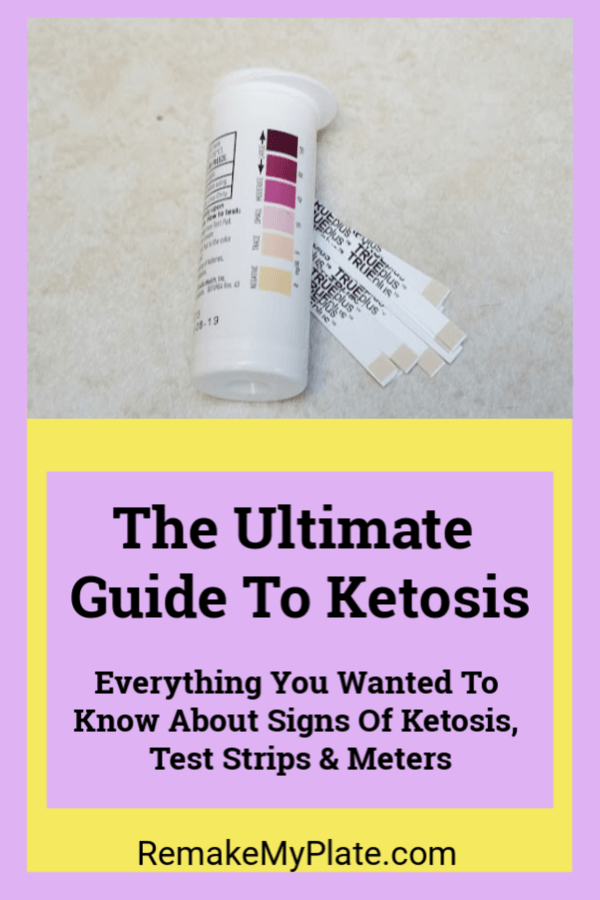
If you new to the keto diet and are thinking about starting or perhaps are on it and trying to get back on track then these pages might be helpful to you:
How to start the keto diet in 5 easy steps
How to lose weight with the lazy keto diet method
Come join our newly formed Facebook community group where we share keto and lazy keto tips, hacks, meals and more. We’d love to hear your keto of your keto successes and even your struggles. We’ve all been there. Come and join a supportive community of others who are on the same journey toward better health.
Check out some of these other posts to help keep you on track:
How to create weight loss goals you can achieve
How to create health habits for weight loss
How to break a weightloss stall on the keto diet
Disclosure: The above post may contain affiliate links. I may earn a small commission from purchases made through these links, at no additional cost to you. Anything recommended on this website is a products I have used and loved. Thank you for supporting Remake My Plate and allowing me to share my experiences with you.

